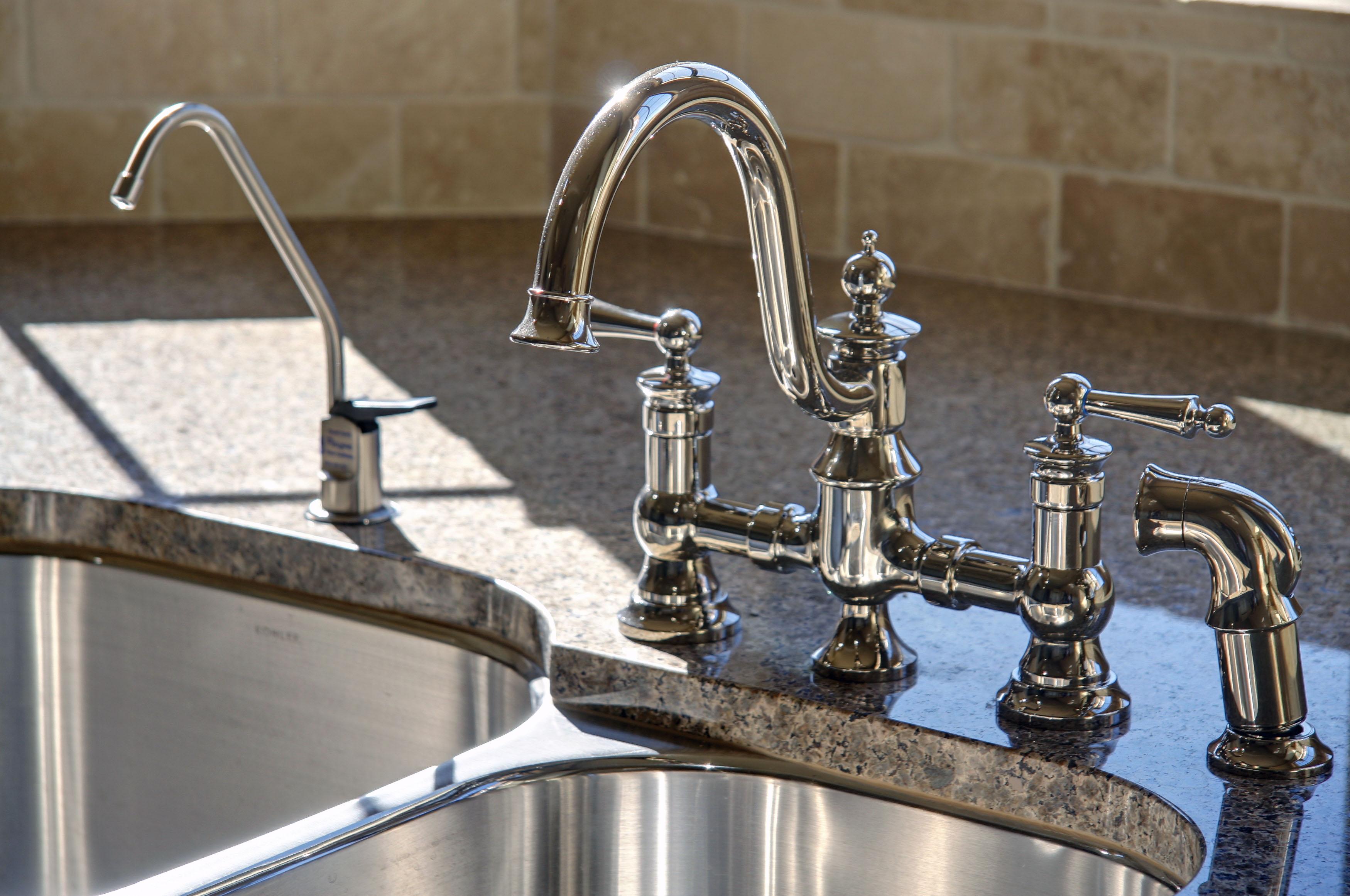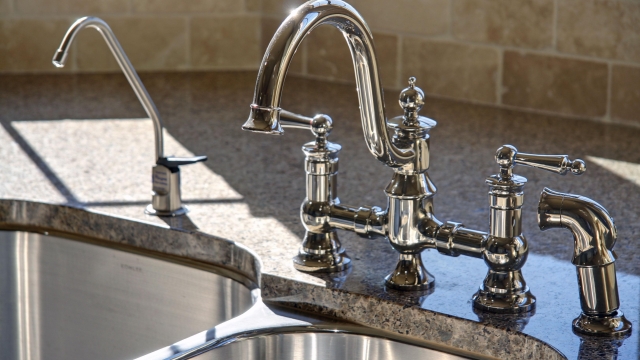
Piping Perfection: Unraveling the World of Plumbing
Welcome to the fascinating world of plumbing! Often overlooked but absolutely essential to our daily lives, plumbing plays a crucial role in maintaining sanitation and delivering clean water to our homes and businesses.
From the moment we turn on a faucet to the comforting sound of water flowing effortlessly, plumbing silently works behind the scenes to ensure our everyday tasks are seamlessly accomplished. Whether it’s the intricate network of pipes hidden within our walls or the innovative technologies that keep our plumbing systems functioning flawlessly, there is much to explore in this often underappreciated field.
Plumbing encompasses a wide range of expertise, from installations and repairs to maintenance and troubleshooting. Plumbers possess the skills and knowledge to tackle a variety of challenges, ensuring the smooth and efficient flow of water throughout our homes and buildings. Their work extends to all aspects of our lives, from the basic necessities such as water supply and wastewater management to the sophistication of modern fixtures and appliances.
In this article, we will delve deeper into the world of plumbing, unraveling its intricacies and shedding light on the importance of proper plumbing practices. We will explore the evolution of plumbing systems over time, the diverse range of tools utilized by plumbers, and the ever-evolving techniques employed to address plumbing issues. So, join us on this journey of discovery as we dive into the world of piping perfection and uncover the wonders of plumbing.
History of Plumbing
The history of plumbing can be traced back to ancient civilizations, where early forms of plumbing systems were developed to provide clean water and remove waste. In ancient Egypt, for example, they had intricate irrigation and sewage systems using clay pipes and canals.
The Romans also made significant advancements in plumbing during their time. They built an extensive network of aqueducts, which transported water from distant sources to cities and towns. The aqueducts were made of stone, and the water was distributed through lead pipes.
During the Middle Ages, plumbing knowledge and techniques were not as advanced as in previous civilizations. However, some castles and wealthy households had primitive plumbing systems, such as wooden pipes that carried water to different rooms.
The Industrial Revolution brought about major changes in plumbing technology. The invention of the flush toilet by Sir John Harrington in the late 16th century revolutionized indoor plumbing. This innovation, combined with the development of iron and brass pipes, paved the way for the modern plumbing systems we use today.
Stay tuned for the next sections where we will uncover more fascinating aspects of the world of plumbing.
Key Components of Plumbing Systems
Plumbing systems consist of various essential components that work together to ensure the smooth and reliable flow of water throughout a building. These components play a crucial role in maintaining a functional and efficient plumbing system.
Pipes: The most fundamental part of any plumbing system, pipes are responsible for carrying water from its source to different areas of a building. Pipes are often made of materials such as copper, PVC, or galvanized steel, and their size, thickness, and arrangement depend on the specific plumbing requirements.
Valves: Valves act as control points within a plumbing system, allowing users to regulate the flow and pressure of water. From simple faucets to more complex valves like gate valves and ball valves, these components are essential for shutting off water supply to specific areas, diverting water, or controlling the flow rate.
Fixtures: Plumbing fixtures are devices that facilitate the use of water in a building. They include sinks, faucets, toilets, showers, and bathtubs. Fixtures are connected to the plumbing system through pipes and are designed to provide convenient access to water for various purposes, such as washing, bathing, or drinking.
By understanding and maintaining the key components of a plumbing system, individuals can ensure the efficient delivery of water, properly manage its flow, and prevent potential plumbing issues. Plumbing systems are vital for our everyday lives, and having a good grasp of their key components can help individuals address plumbing needs effectively.
Common Plumbing Issues and Solutions
- Leaky Faucets:
One of the most common plumbing issues homeowners face is a leaky faucet. Leaky faucets not only waste water but can also become quite annoying with the constant dripping sound. Fortunately, there are simple solutions to this problem. In most cases, a leaking faucet is caused by a worn-out washer or O-ring. Replacing these parts can often solve the issue and stop the leak. If you’re not comfortable with DIY repairs, it’s always advisable to seek professional assistance to ensure the job is done correctly.
- Clogged Drains:
Emergency Plumbing
Clogged drains are another frequent plumbing problem that many people encounter. Whether it’s a sink, shower, or toilet drain, when water starts to back up, it can be a real inconvenience. To tackle clogs effectively, there are a few different methods you can try. One option is to use a plunger to create suction and dislodge the blockage. Chemical drain cleaners can also be helpful but should be used with caution. For more stubborn clogs, a plumbing snake or auger can be used to physically remove the obstruction. Remember, prevention is key, so it’s essential to avoid putting grease, hair, or other debris down the drains.
- Running Toilets:
A running toilet is not only annoying, but it can also waste a significant amount of water over time. Most often, the problem lies with the flapper valve, which fails to seal properly and allows water to continuously flow into the bowl. Thankfully, fixing a running toilet is a relatively simple task. Adjusting or replacing the flapper valve usually resolves the issue. However, if you’re unsure how to proceed or the problem persists, consulting a professional plumber is advisable to ensure a proper fix.
Remember, while these common plumbing issues can often be resolved by homeowners themselves, it’s important to know your limits and seek professional assistance if you’re unsure or uncomfortable with any repairs. Addressing plumbing issues promptly can prevent further damage and save you money in the long run.


